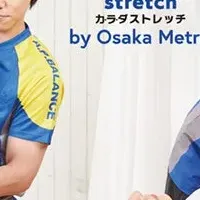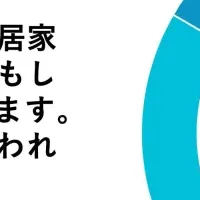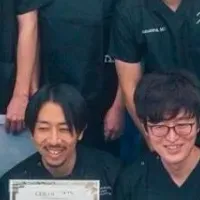
Long-Term Improvements for Chronic Stroke Survivors with Vivistim Therapy Highlighted in New Study
Long-Term Benefits of Vivistim Therapy for Stroke Survivors
In a groundbreaking study published recently in the peer-reviewed journal "Stroke," researchers from MicroTransponder®, Inc. revealed remarkable findings regarding the benefits of their innovative Vivistim® Paired VNS™ System for individuals recovering from chronic strokes. This one-year follow-up research highlights the therapy's potential to significantly improve upper limb functionality and the overall quality of life in stroke survivors.
The study explored the impacts of paired vagus nerve stimulation (VNS) on patients who had experienced upper extremity deficits post-stroke. After completing a prescribed regimen, participants exhibited notable enhancements in motor skills, daily activities, and overall well-being, with these gains persisting for at least a year.
Clinical Effectiveness of Vivistim Therapy
According to the data collected, stroke survivors treated with Vivistim therapy demonstrated substantial long-term improvements when evaluated by established measures such as the Fugl-Meyer Assessment – Upper Extremity (FMA-UE) and the Wolf Motor Function Test (WMFT). The average increases achieved were FMA-UE 5.23 and WMFT 0.50, respectively. Remarkably, two-thirds of the 74 patients involved in the study reported positive outcomes, suggesting a significant therapeutic benefit.
Patient-reported outcomes further underscored the positive impact of therapy, as participants noted improvements in their ability to perform daily tasks, usage and functionality of their hands, and overall quality of life. These findings are vital as they suggest that Vivistim therapy not only assists in restoring motor capabilities but also enhances the overall quality of life for stroke survivors.
The Importance of Sustained Recovery
Lead researcher Teresa Jacobson Kimberley emphasized that the enduring outcomes associated with Vivistim therapy stand out in the realm of chronic stroke care. Typically, sustaining recovery in stroke patients poses significant challenges, making these findings particularly noteworthy. She remarked, "Most stroke survivors need improved hand and arm function because it is essential for nearly every task in daily life, and Vivistim may be the boost that helps get them there."
Collaborators from various prestigious institutions, including UCLA and Emory University, contributed to this follow-up study, which analyzes outcomes from a pivotal clinical trial known as VNS-REHAB. This trial established the competence of the Vivistim system, which received FDA approval in 2021 as a breakthrough intervention for chronic stroke recovery.
Groundbreaking Approach to Stroke Rehabilitation
The Vivistim device provides a novel application of vagus nerve stimulation within rehabilitation protocols. By implanting the device, therapists can utilize a wireless remote to synchronize vagus nerve stimulation with intensive, repetitive functional activities. This approach not only promotes neuroplasticity but also reinforces functional recovery. Patients typically attend clinic sessions lasting 90 minutes, three times a week for six weeks, in conjunction with self-initiated therapy they can conduct at home.
This combined method of therapy allows stroke survivors to engage in significant voluntary activities, enabling them to reinforce their recovery outside clinical settings, thereby encouraging continuous progress.
Continuing Evidence and Future Directions
Richard Foust, CEO of MicroTransponder, voiced his vision of establishing new standards in stroke care by integrating Vivistim into mainstream rehabilitation programs. As more healthcare providers recognize the evidence supporting Vivistim's efficacy, it is likely that more chronic ischemic stroke patients will gain access to this therapy, transforming their rehabilitation experience.
The groundbreaking findings from this latest follow-up study reinforce Vivistim's standing as a key player in stroke recovery, extending its practicality beyond immediate post-stroke rehabilitation into long-term recovery strategies. As further evidence emerges, the future of chronic stroke management may well see an enhanced focus on therapies that promote sustained improvements over time.
For additional information on the Vivistim® Paired VNS™ System, healthcare professionals can explore resources available on Vivistim’s official site. The committed work of MicroTransponder represents a significant leap forward in addressing the unmet needs of stroke survivors globally.
Topics Health)










【About Using Articles】
You can freely use the title and article content by linking to the page where the article is posted.
※ Images cannot be used.
【About Links】
Links are free to use.